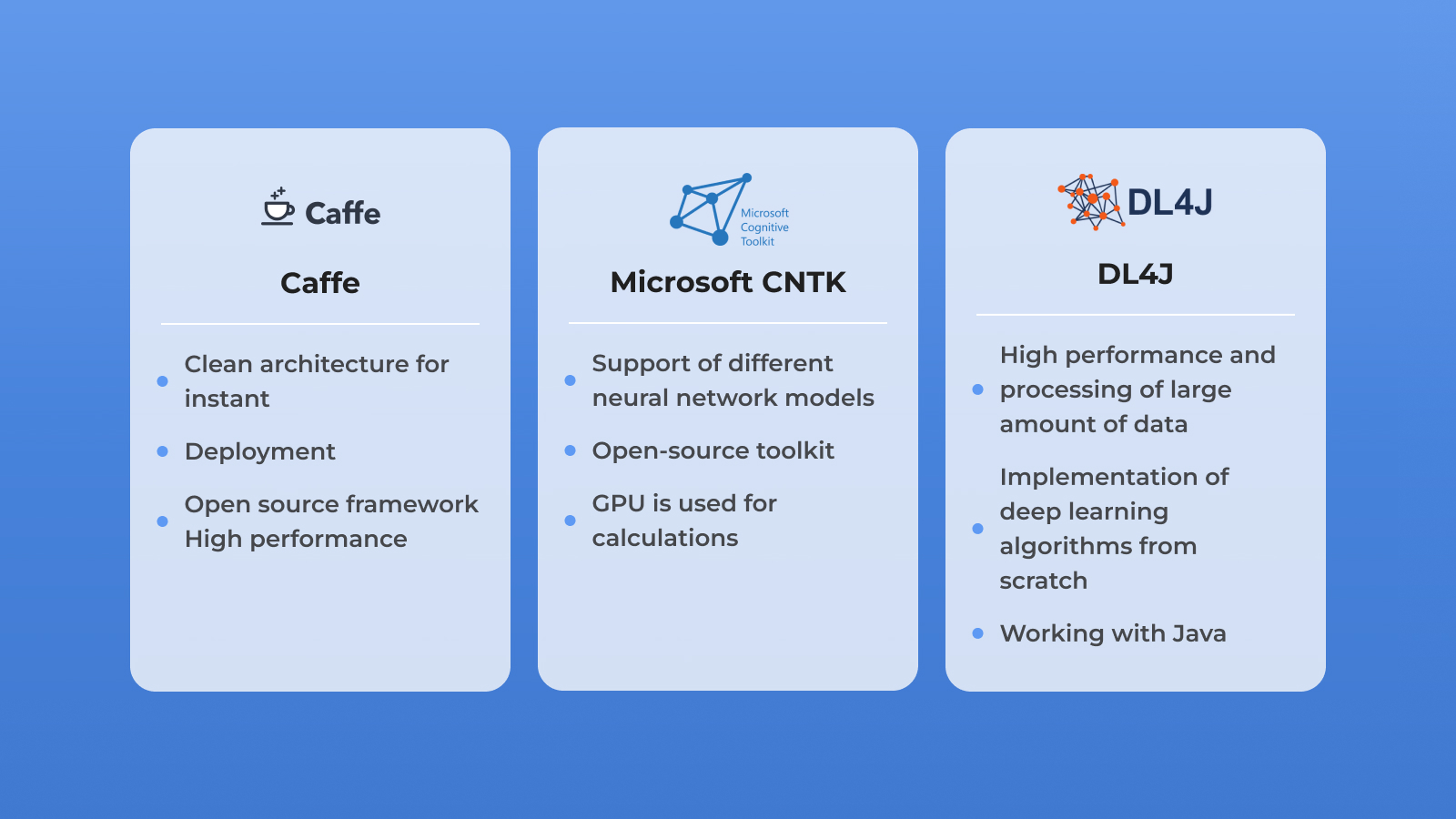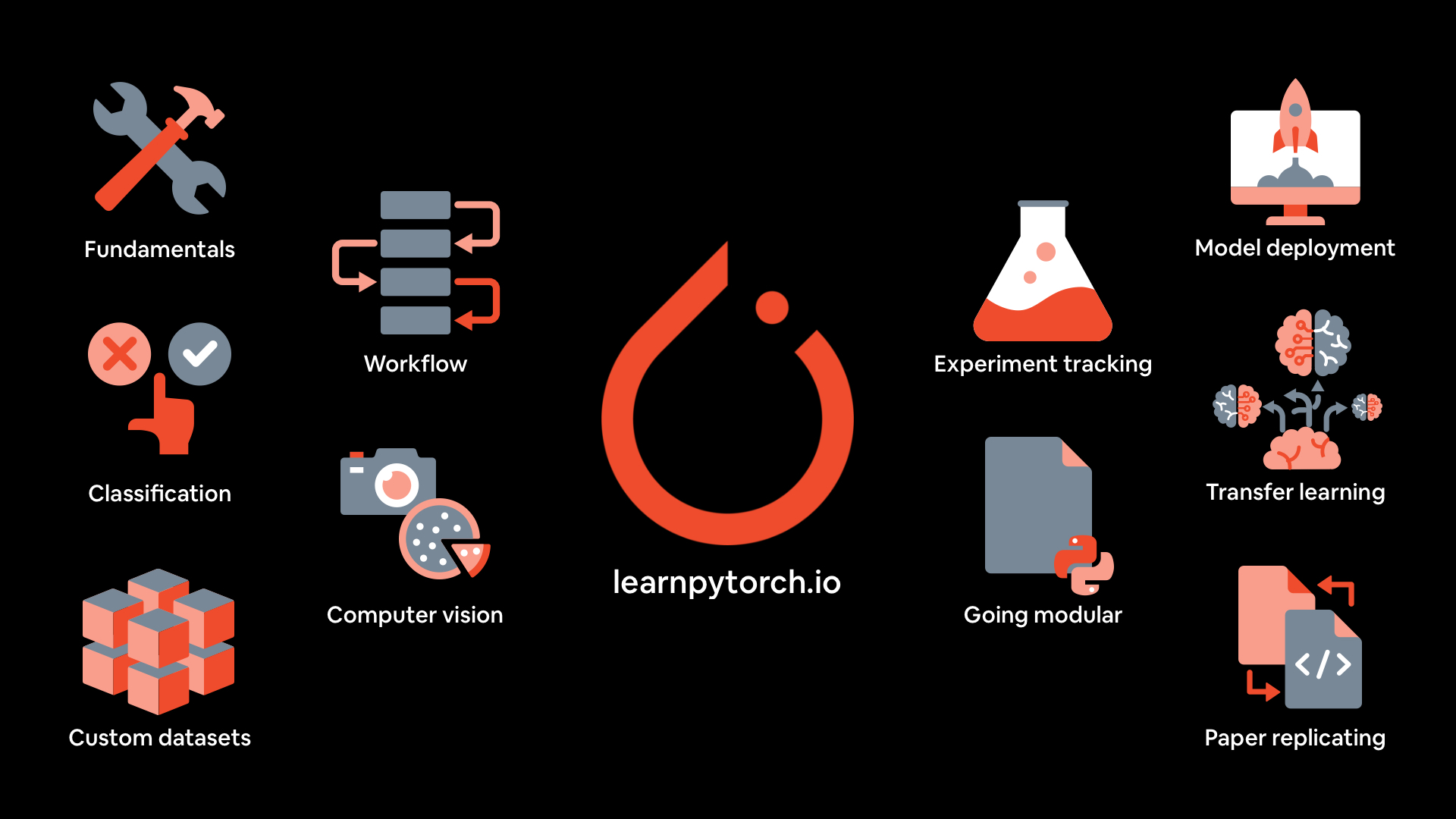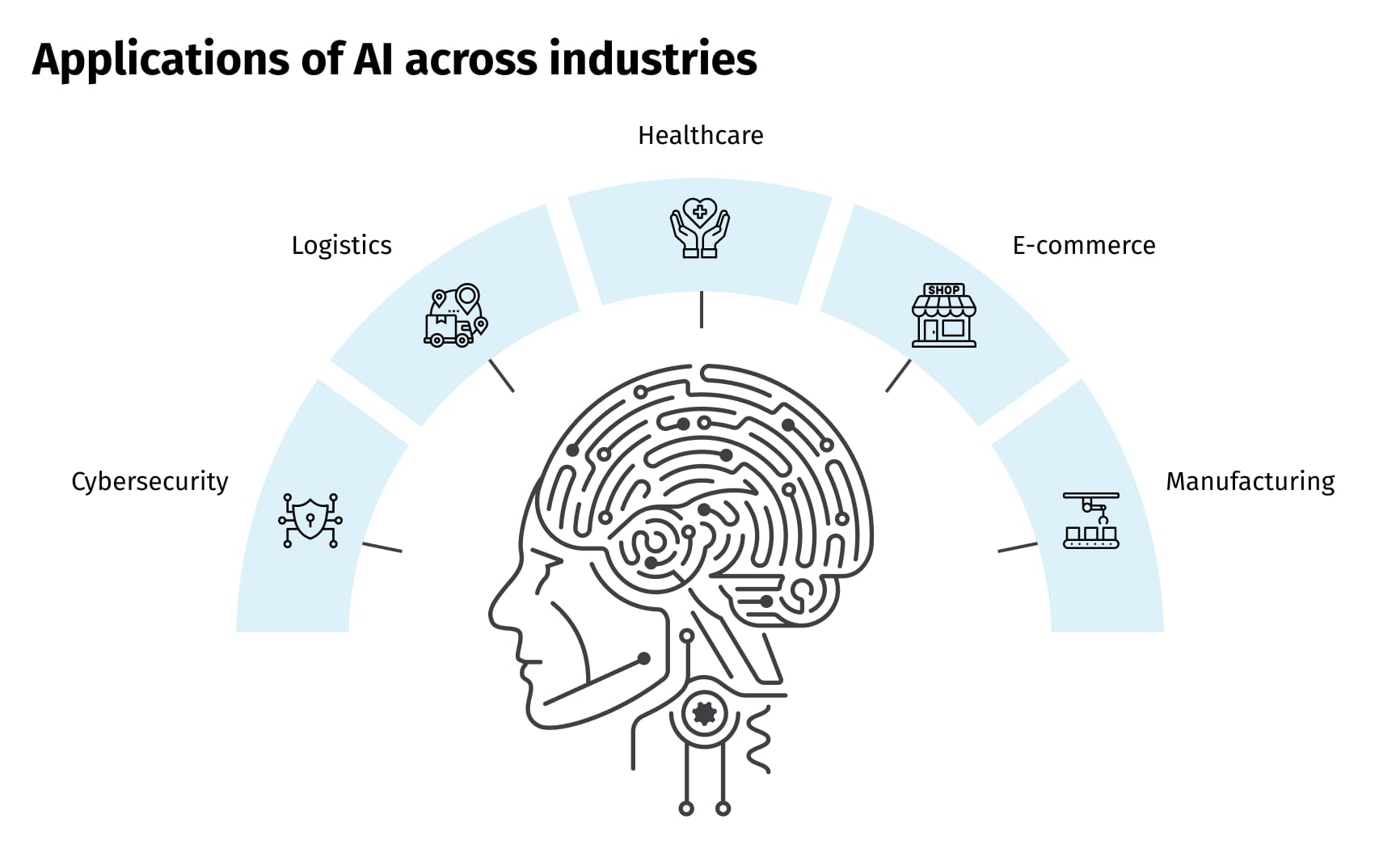
The Battle for AI Supremacy: TensorFlow vs PyTorch
The world of artificial intelligence is abuzz with the rivalry between two open-source giants: TensorFlow and PyTorch. Both frameworks have garnered immense popularity, with TensorFlow boasting over 16,000 stars and PyTorch exceeding 21,000 stars on GitHub. But what sets them apart, and which one should you choose for your AI projects?
 The AI landscape is dominated by TensorFlow and PyTorch
The AI landscape is dominated by TensorFlow and PyTorch
TensorFlow: The Pioneer
Developed by the Google Brain Team, TensorFlow is a comprehensive ecosystem that offers a wide range of tools for machine learning and deep learning. Its key features include a mobile version for embedded platforms, a JavaScript version for web developers, and TensorFlow Extended (TFX) for production pipelines.
TensorFlow’s pros include its massive repository of study materials, excellent scalability, and tremendous community support. However, its steeper learning curve and verbose code may deter beginners.
TensorFlow’s ecosystem is vast and diverse
PyTorch: The Challenger
PyTorch, developed by Facebook’s AI Research Lab, offers a dynamic computation graph, a more Pythonic approach, and extensive support for GPU acceleration. Its pros include ease of use, flexibility, and dynamic graphing for easier debugging.
However, PyTorch’s ecosystem is still developing, and its production-readiness is limited compared to TensorFlow.
 PyTorch’s dynamic graphing makes it easier to debug
PyTorch’s dynamic graphing makes it easier to debug
Key Differences
When deciding between TensorFlow and PyTorch, consider factors like community support, compatibility, and learning curve. TensorFlow’s static computation graphs provide flexibility for optimizations and efficient deployment, but may hinder debugging. PyTorch’s dynamic computation graphs offer ease of use and flexibility, but may require optimization for large-scale production.
In terms of ease of use, PyTorch is more user-friendly, while TensorFlow provides better scalability and production capabilities. TensorFlow’s ecosystem is more developed, with a wider range of applications, including TensorFlow Lite and TensorFlow.js.
Performance and Use Cases
TensorFlow is beneficial in production settings, especially for complex models and large-scale environments. PyTorch supports advanced features like dynamic graphing and can provide superior performance in many cases, but may require optimization for production.
TensorFlow is ideal for large-scale machine learning applications, production-level deployment of AI applications, and training models. PyTorch is better suited for research and development, innovation strategies, and Python-based data science use cases.
 AI applications are diverse and widespread
AI applications are diverse and widespread
In conclusion, the battle between TensorFlow and PyTorch is far from over. Both frameworks have their strengths and weaknesses, and the choice ultimately depends on your project’s specific needs. As the AI landscape continues to evolve, one thing is certain – the future of AI is bright, and the possibilities are endless.















